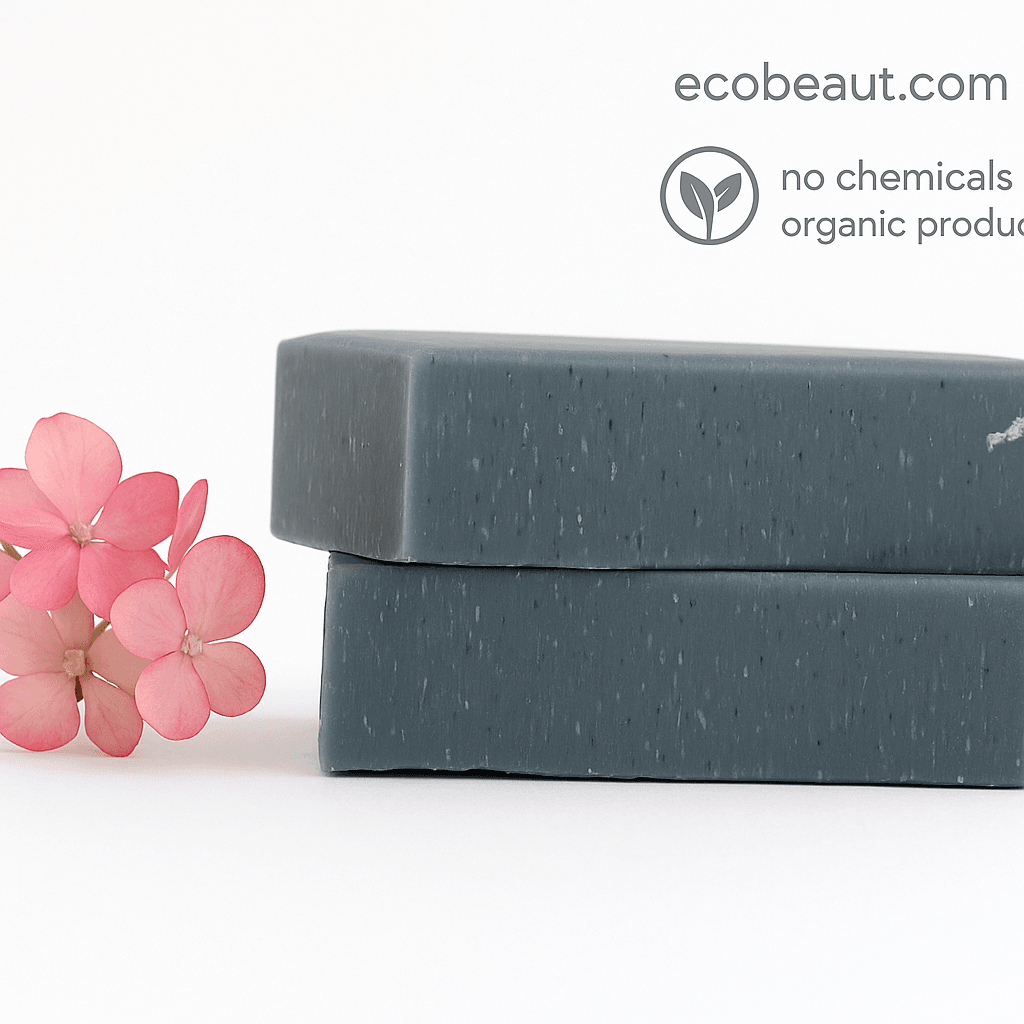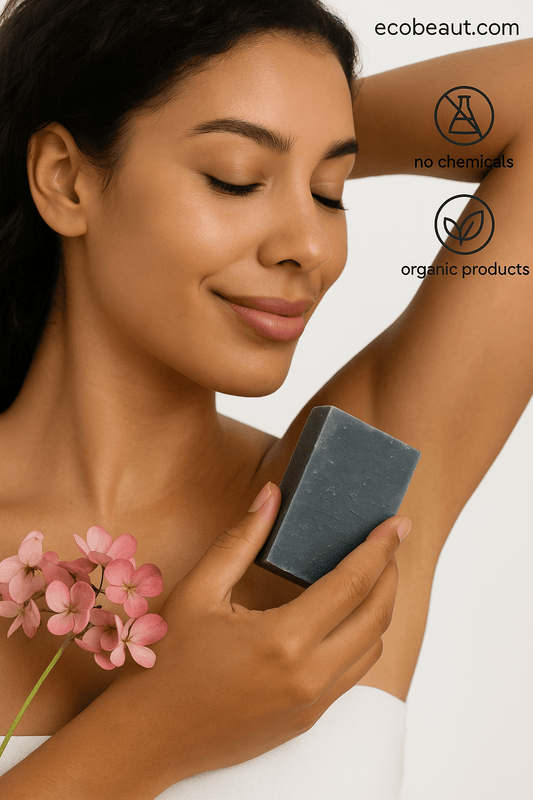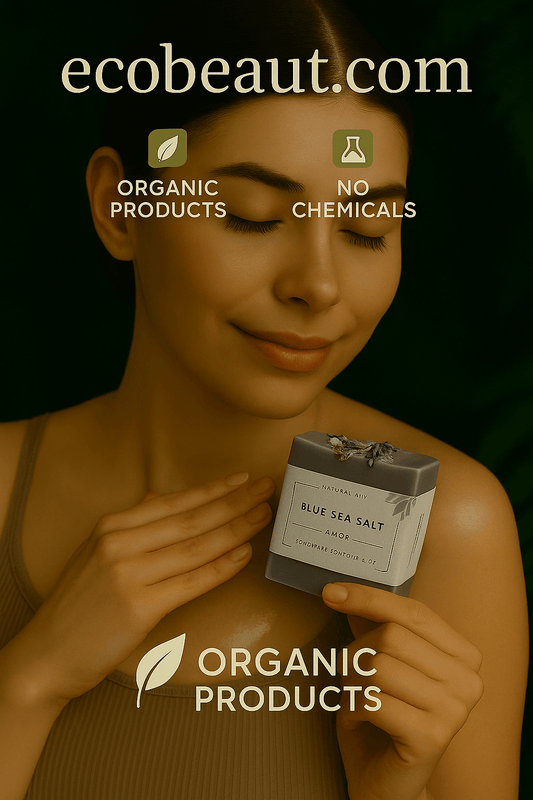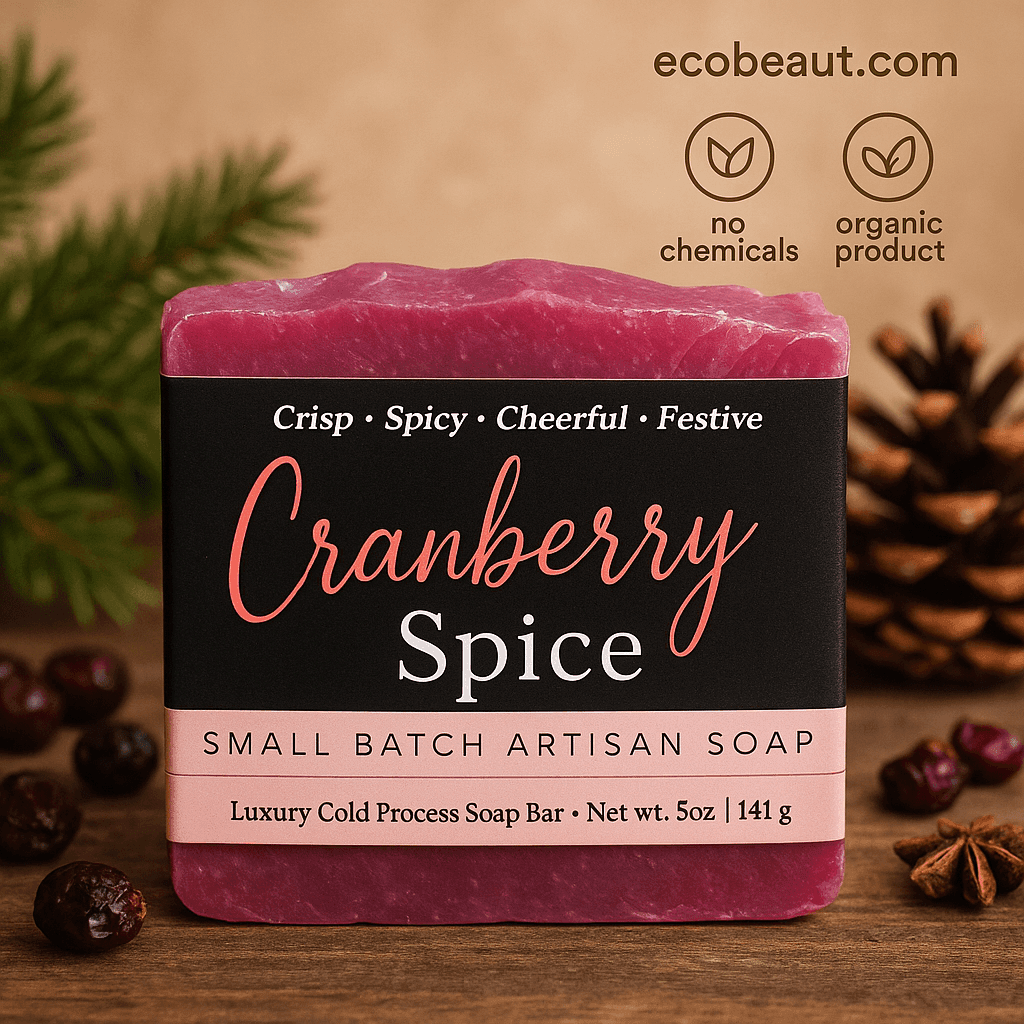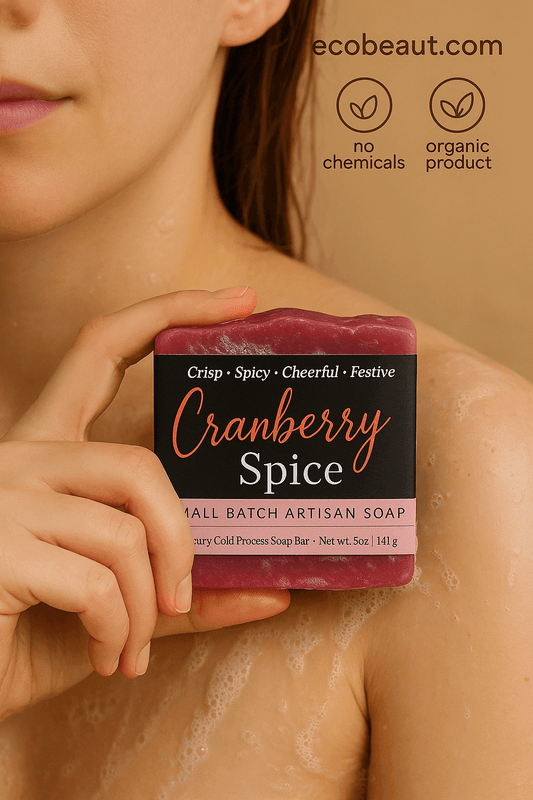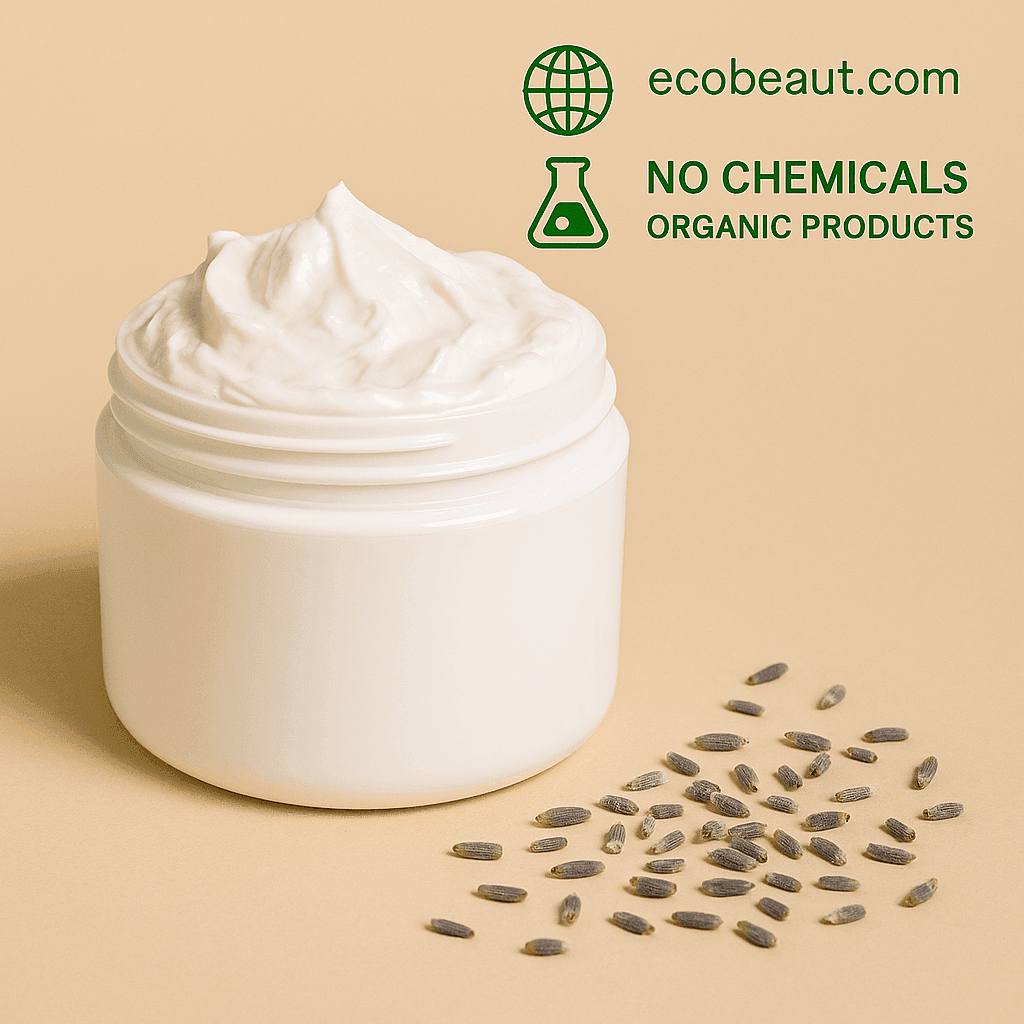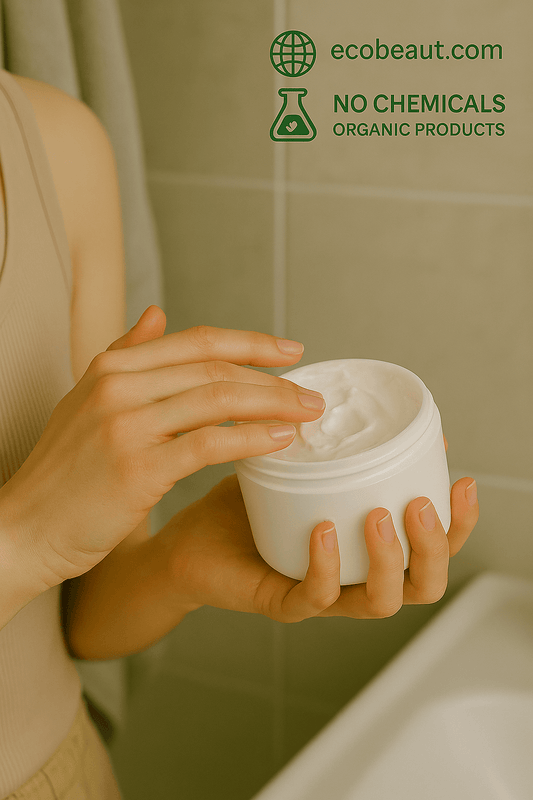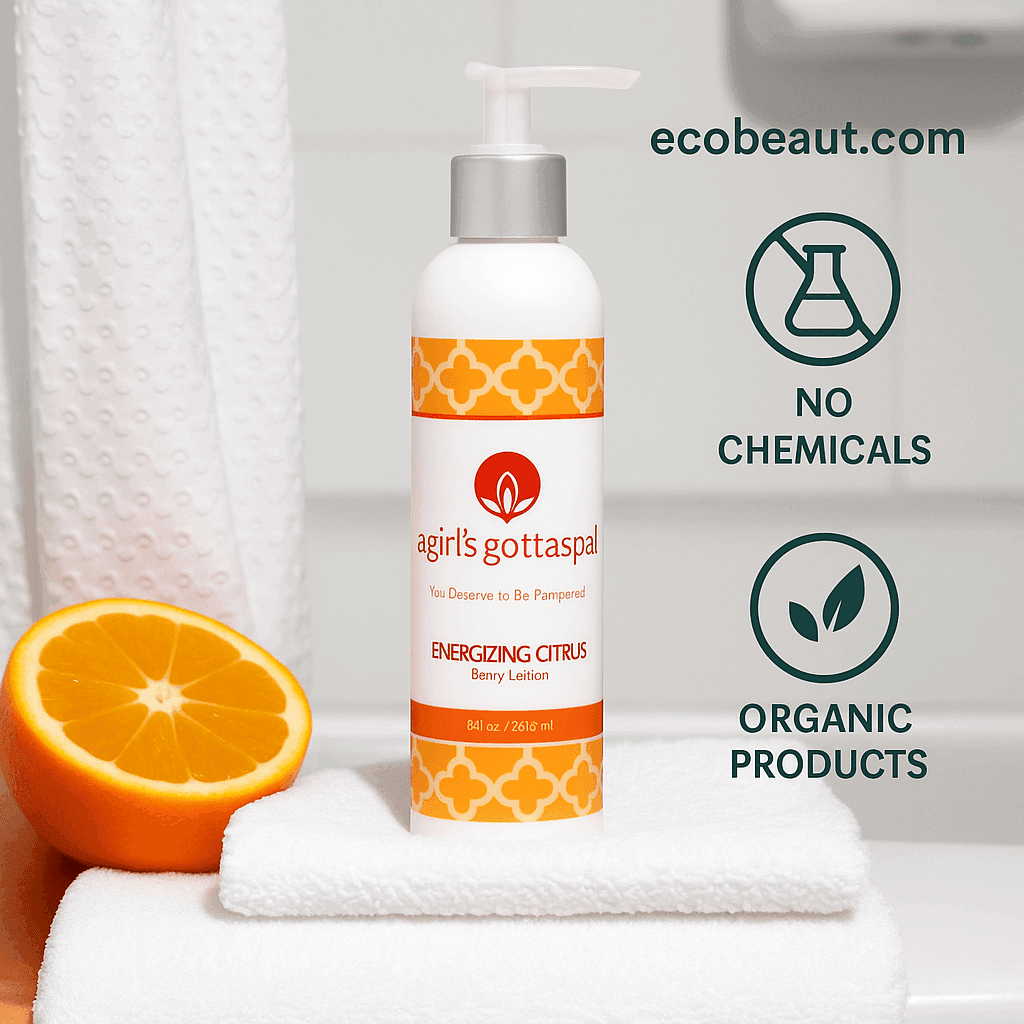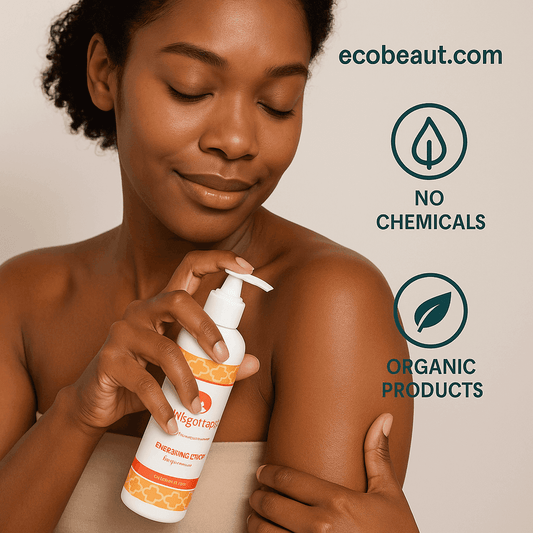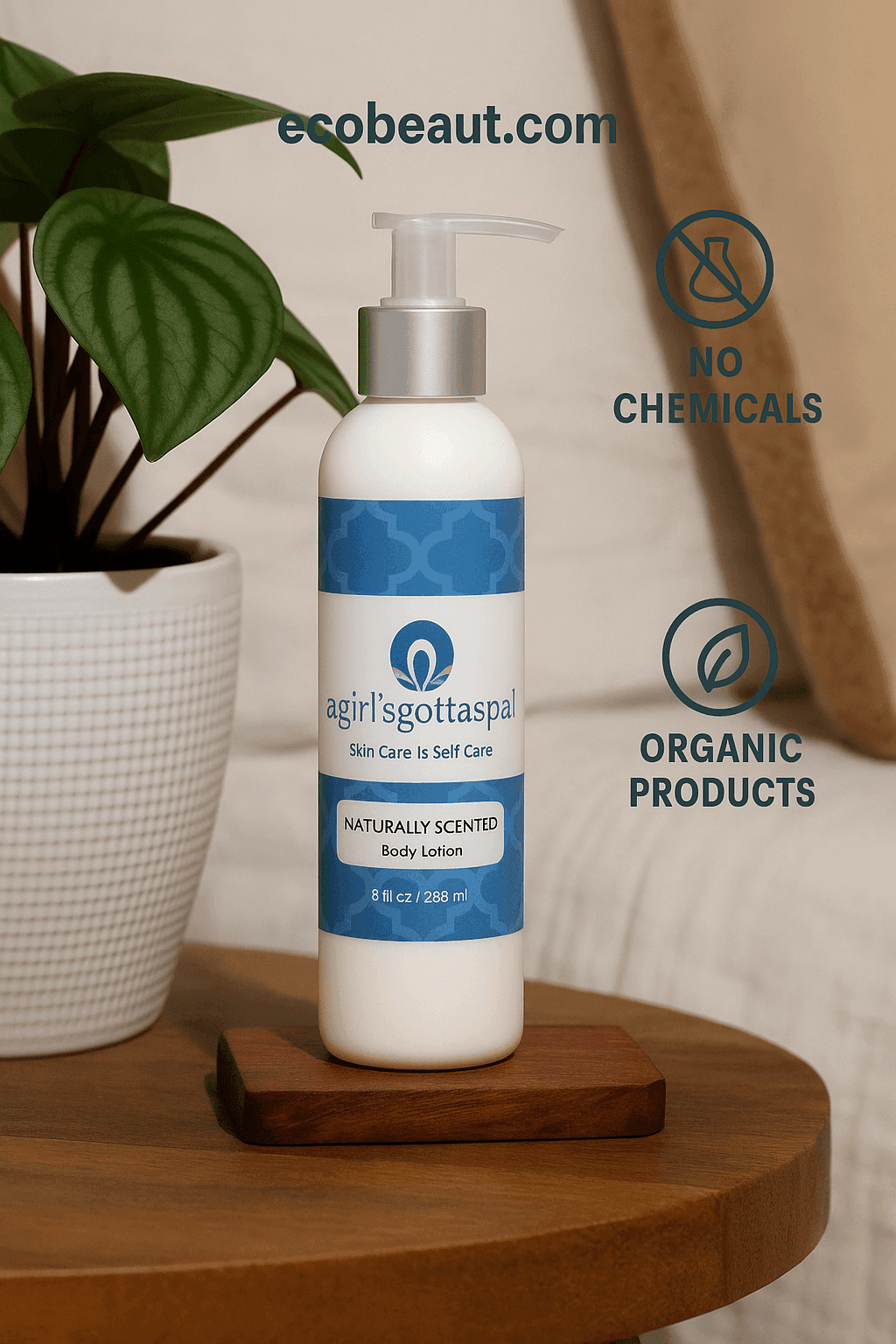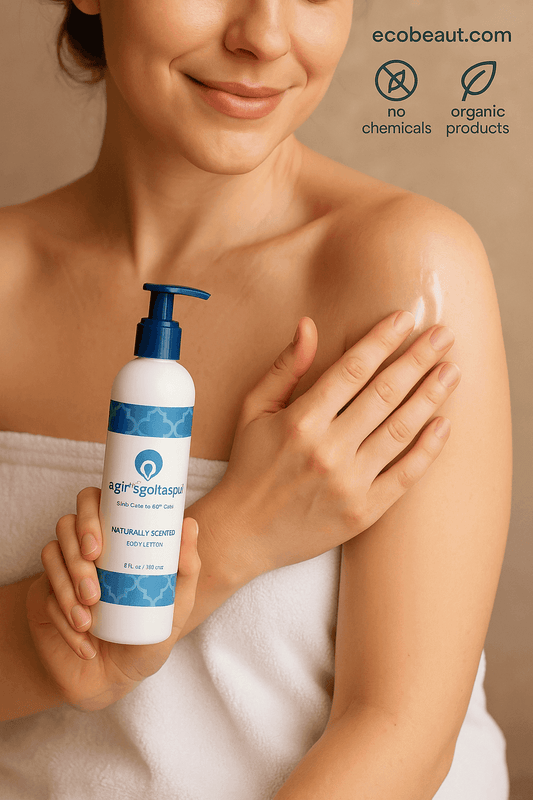As consumers become increasingly aware of their impact on the environment, clean beauty has become more than a trend-it's a movement toward more sustainable, health-conscious, and eco-friendly beauty choices. Beyond its focus on natural and non-toxic ingredients, clean beauty has a profound impact on water conservation, addressing one of the most critical environmental issues of our time. This article explores the ways in which clean beauty contributes to water conservation, from sustainable ingredient sourcing and eco-friendly packaging to pollution reduction and brand-led water conservation initiatives.
Understanding clean beauty and its environmental benefits
Clean beauty emphasizes safe, natural ingredients that are free of harmful chemicals such as parabens, sulfates and artificial fragrances. This commitment to non-toxic ingredients not only benefits skin health, but also reduces the environmental footprint of beauty products. Unlike traditional products, which often contain pollutants, Clean Beauty products are formulated to be gentle on the skin and environmentally sustainable. By choosing Clean Beauty, consumers help reduce water pollution and support broader conservation efforts.
The water footprint of conventional beauty products
Beauty and personal care products often have a high water footprint due to the extensive use of water in ingredient cultivation, manufacturing, and packaging processes. In addition, synthetic chemicals in conventional beauty products, such as silicones, microplastics and preservatives, often end up in water systems. These contaminants are difficult to filter out and pose a significant threat to aquatic ecosystems and drinking water sources. For example, microplastics used in exfoliating products do not biodegrade and accumulate in rivers, lakes and oceans, disrupting marine life. Understanding the water demands and pollution risks of traditional beauty products highlights the importance of making cleaner, more sustainable choices.
How Clean Beauty Products Help Save Water
Clean beauty products focus on environmentally friendly manufacturing processes, ethical sourcing of ingredients, and minimal water use. Many clean beauty brands are taking steps to reduce water consumption by recycling water during production, using waterless formulations, or choosing ingredients that are naturally low impact. Clean beauty products also avoid synthetic chemicals that could later contaminate water systems, helping to keep water sources clean. By prioritizing products made with minimal water use, consumers can actively support water conservation efforts.
Sustainable ingredients and their role in water conservation
Clean beauty brands often use sustainable, low-water ingredients such as Aloe Vera, Argan Oil and Plant Based Oils. Not only do these ingredients require less water to grow, but they are often sourced from regions where agricultural practices prioritize water efficiency. In addition, natural ingredients break down more easily than synthetic ones, reducing the risk of long-term contamination. Sustainable farming practices, such as rainwater harvesting and soil conservation, further reduce water usage, supporting both the local environment and broader conservation goals.
The role of microplastics in water pollution and Clean Beauty's response
One of the biggest pollutants in conventional beauty products is microplastics, which are commonly used as exfoliants in scrubs and cleansers. These tiny particles are difficult to filter out during wastewater treatment and often end up in the oceans, where they harm marine life. Fish, plankton and other sea creatures ingest microplastics, which can lead to health complications that ripple through the food chain. Clean beauty brands are addressing this issue by using natural exfoliants like crushed walnut shells, sugar and oatmeal that biodegrade naturally and don't contribute to plastic pollution in water sources.
Innovative Clean Beauty Brands Lead Water Conservation Efforts
Several clean beauty brands have made water conservation a core part of their mission. Brands such as True Botanicals and Tata Harper are known for their sustainable ingredient sourcing, eco-friendly packaging, and active involvement in water conservation initiatives. Many of these companies prioritize the use of recycled water in their manufacturing processes and support organizations that work to improve access to clean water around the world. Some even donate a portion of their profits to fund clean water projects or sustainable agriculture initiatives that further reduce the beauty industry's environmental impact.
The consumer's role in supporting water conservation through clean beauty
Consumers play a critical role in supporting water conservation through their purchasing choices. By choosing clean beauty products, they help reduce the demand for water-intensive conventional beauty products that contribute to pollution. Shoppers can look for certifications such as EcoCert, USDA Organic and WaterSense labels, which indicate environmentally friendly and water-conserving practices. Informed consumer choices create demand for responsible manufacturing, driving the beauty industry toward more sustainable production methods that conserve water and protect water resources.
How Clean Beauty's focus on local sourcing reduces water use
Sourcing ingredients locally is another way Clean Beauty brands are helping to conserve water. Sourcing ingredients locally reduces the need for water-intensive transportation and storage processes, which also reduces the carbon footprint of these products. Locally sourced ingredients also support regional agriculture, which often includes more traditional, water-efficient farming practices. Brands that prioritize local sourcing not only help conserve water, but also support local economies and reduce their overall environmental impact.
The move to waterless beauty products
An exciting innovation in clean beauty is the rise of waterless products. Waterless beauty products, such as solid shampoos, facial oils and powdered cleansers, are formulated without the addition of water. These products are often more concentrated, which means they last longer and require less packaging, further reducing the amount of water used in production and transportation. Brands such as Ethique and Lush have popularized waterless beauty, providing consumers with effective, eco-friendly alternatives that help conserve water resources.
Conclusion
Clean beauty offers a path to more responsible consumption and environmental stewardship. By focusing on natural, sustainably sourced ingredients and eco-friendly packaging, clean beauty brands play a critical role in water conservation. Consumers, too, have the power to drive positive change by choosing products that prioritize water health and minimize environmental impact. As the clean beauty movement grows, so does its potential to create a ripple effect that supports cleaner water sources, healthier ecosystems and a more sustainable beauty industry. Embracing clean beauty is a step toward a future where self-care and planet-care go hand in hand, allowing individuals to look and feel good while making a positive impact on global water conservation efforts.


